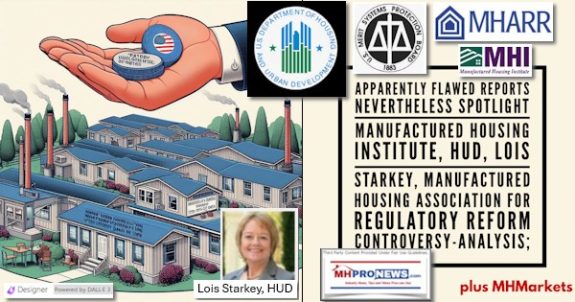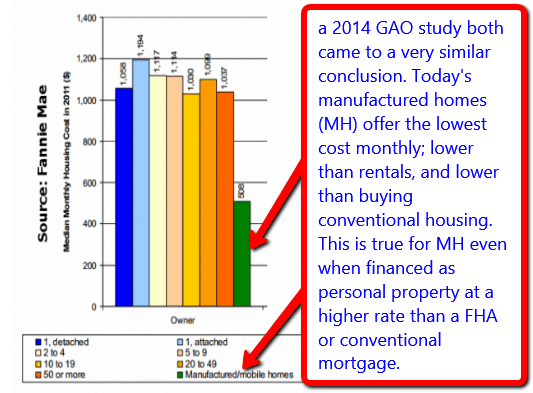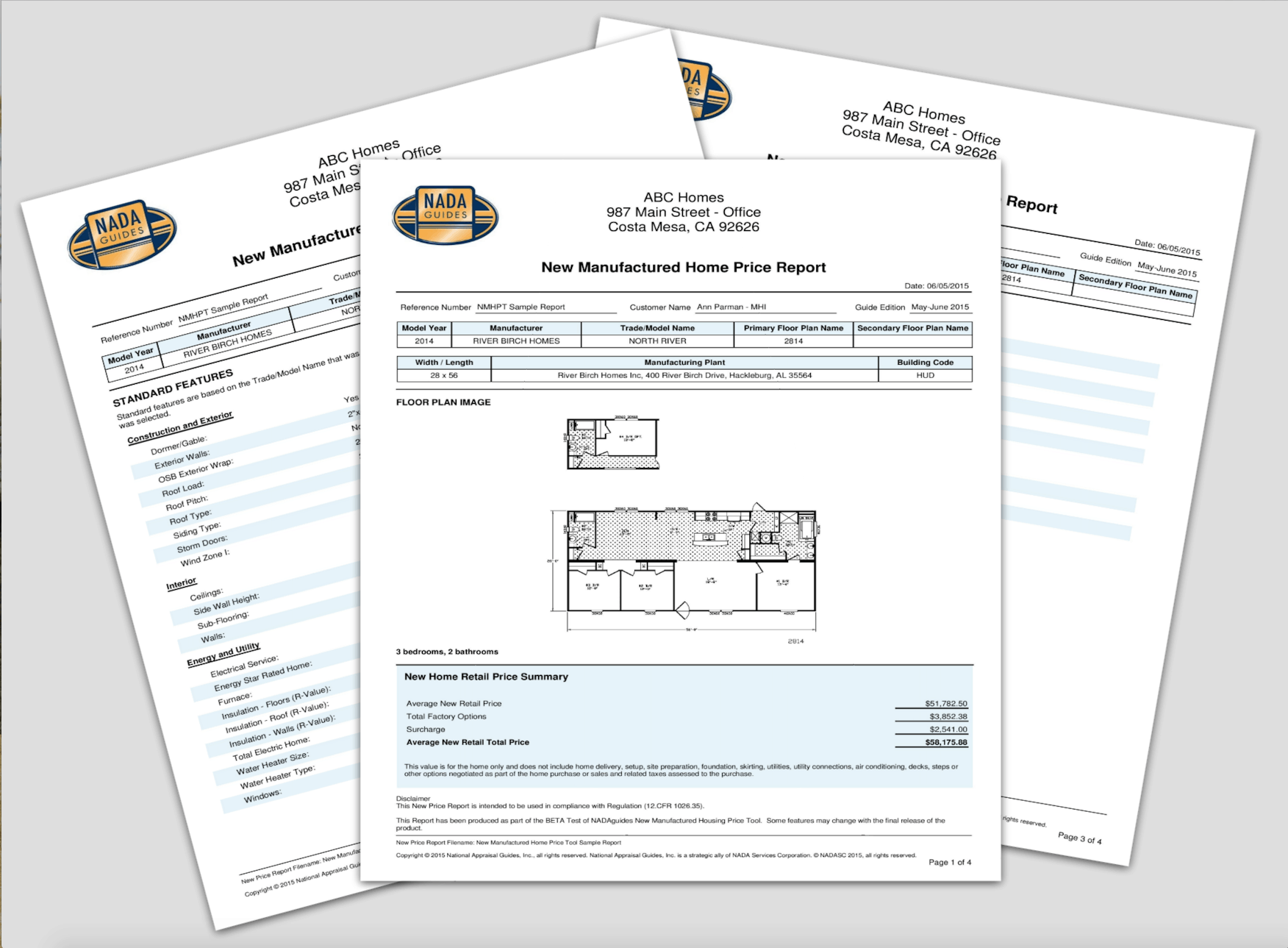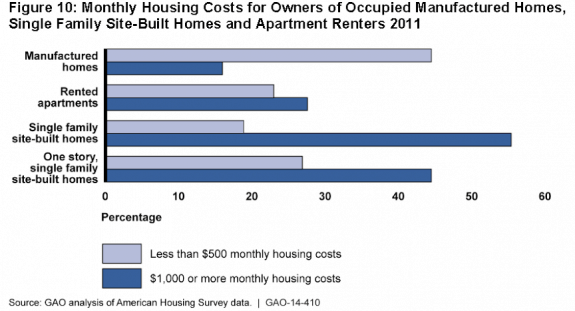
Oregon’s Senate Bill 1025 creates new standards for radon exposure in new buildings and residences and sets radon mitigation standards to help consumers cut down their radon exposure in existing buildings. According to a recent article in the Oregonian, health officials have determined the average level of radon in Oregon houses is above the hazardous level in at least 26 zip codes scattered across the state.
While the legislation has passed, the details about what the requirements will entail are in progress. Don Miner, executive director of the Oregon Manufactured Housing Association says his group would like a system that provides protection to the occupants without necessarily adding cost. Oregon Building Codes Division will make the final decision.
There are two ways of mitigating radon. The first is an Environmental Protection Agency (EPA) device that includes a stack that extends through the roof. The second is a system of foundation ventilation.
As Miner explains it, the EPA system includes a sealed vapor barrier below the home over perforated plastic pipe with a “T” in it that goes up through the center of the home.
“The theory is the heat of the home will create a vacuum effect that will draw air and vent it out through the top of the house,” Miner says. “The EPA system requires an electric fan in the event the ventilation doesn’t work.”
That system could be problematic for manufactured homes, in part because of limited access to the attics. Instead of the attic, an electric fan would have to be placed in-line, perhaps in a utility closet. This, Miner says, could add several thousand dollars to the price of a home.
Miner refers to an EPA study done in conjunction with the National Association of Home Builders that looked at homes with both the EPA stack and foundation ventilation. In some homes, they closed the foundation vents and used just the stack; in others, they closed the stack and used just the foundation ventilation. The results indicate there was little to no difference in the amount of radon entering the home.
Miner says increasing the amount of airflow under the home is another way to address the issue.
“Our homes are already naturally air-tight,” Miner says.
Currently the standard is one foot of foundation ventilation for every 300 square foot of space. Miner says that could be increased to one foot of ventilation for every 150 square feet of space without adding much to the cost of a home.
Given the current dynamics at play, Miner says, we “would like a system that provides protection to the occupants without necessarily adding cost.”
Pennsylvania is known for its radon issues and Mary Gaiski, executive vice president at the Pennsylvania Manufactured Housing Association, recalls efforts there to deal with the issue that comes down to local requirements in counties known to have high levels of radon.
“Some of our local governments have passed local ordinances that require it,” Gaiski says. “The only time manufactured housing would have to comply is if they’re going to put a new home with a basement in a jurisdiction with an ordinance.
“It’s not a statewide issue; it’s a regional issue depending on geology.”
On the preemption issue, the HUD code has not prevented Pennsylvania and more recently Oregon from requiring radon testing and mitigation.
“Because the HUD code does not address radon, then its going to be left up to the local jurisdiction,” Gaiski says. “We’ve got to live with Pennsylvania when Pennsylvania makes these decisions. If the manufactured home goes on a basement, then that HUD home is going to have to comply just like a modular or a site-built home.”
Miner says while some may argue the HUD Code prevents local radon requirements, it hasn’t played out that way with other issues from sprinklers to carbon monoxide detectors.
“If HUD were more aggressive on preemption, it would allow us to standardize our product,” Miner says. “The way this is working out is Oregon can have a different standard than Washington. Some states, including Washington, allow municipalities to exceed the state standard. Then you end up with a fragmented market.
“Either we need a national standard or HUD has to preempt local officials from adopting standards, one or the other,” Miner adds. “If the federal agency that is in charge of enforcing preemption and interpreting the preemption standard takes a narrow view of that, then we’re really left duking it out on a state-by-state basis and in some jurisdictions on a city-by-city, county-by-county basis.
“By letting preemption melt away, they’re destroying our ability to produce a product we can sell nationally,” Miner says.
Danny Ghorbani at the Manufactured Housing Association for Regulatory Reform (MHAAR) didn’t address the radon issue in Oregon specifically, but reiterated that the organization’s position is that HUD has to enforce preemption as allowed by the 2000 Manufactured Housing Improvement Act.
“HUD complained preemption in the 1974 law was too weak, so we went to Congress and enhanced it and took that excuse away,” Ghorbani says.
MHI Vice President of Regulatory Affairs Lois Starkey explains that similar to a proposed rule on fire sprinklers submitted to the Manufactured Housing Consensus Committee (MHCC), writing a radon mitigation standard into the HUD code could be an option. That would create a national standard, but it’s a lengthy process, however.
The fire sprinkler proposal includes a “where required” fire sprinkler standard introduced at an April meeting of the committee in Tulsa, Oklahoma. Starkey explained the process of instituting such a standard saying under ideal circumstances it could take three years, bringing us to late 2012. Starkey also notes the topic of radon mitigation has not yet been discussed at MHCC meetings.
HUD did not respond to our call by the filing of this report. # #























